Given today’s yawning supply chain uncertainties, what’s required are more facts and better analytics, along with the creativity to develop useful innovations, and the flexibility and patience to apply them. Fortunately, these attributes are strong suits for most individuals and organizations, including distributors, system integrators, suppliers and the process industries they serve.
“The major challenges are still the supply chain and hiring. Lead times of all kinds keep growing rather than shrinking, and we don’t expect this to change for a year or so,” says Mark Russell, technical applications support manager in the field engineering division at Allied Electronics & Automation, part of the RS Group. “It previously took less than three weeks to get devices like PLCs, and now it’s six months minimum for higher-end electronics. For instance, a fan with chip-based speed control used to have a five-day lead time, but now it’s estimated at 362 days. Simpler items take less time, but even a DC fan that used to take a day now takes three weeks because the molds for them still come from China.
“In addition, even though we use a lot of microprocessors in PLCs, VFDs and HMIs, we don’t consume nearly as many chips as the automotive, smart phone and other electronics manufacturers, so we’re at the bottom of the priority list. One option is for us is to use different brands and providers from other regions, such as Germany or Taiwan. For example, one new addition for Allied is U.K.-based Invertek, which makes drives and has been able to keep its supply chain in good shape.”
This article is part of a series about the automation supply chain. Read more on the topic here.
More recently, Russell reports that this year’s war in Ukraine is also disrupting supplies of the circuits breakers and contactors made there, which go into control and safety products made by Siemens and Schneider Electric that Allied distributes. “This supply is still OK, though it’s slower and longer, which means that we have to be more proactive in purchasing and keep a safety stock. In the last 12 months, we've gone from keeping 100 piezoelectric components in stock to keeping 200 in stock. It costs us more, but it helps our customers.”
Alternate project options
To better cope with shortages and snags, Russell adds that users are redesigning projects to employ components they can get quickly, even if those items aren’t as advanced as they’d prefer.
“Some machine builders are using different controls, and if they can’t get PLCs, they’re going back to using relays,” says Russell. “Others are rewriting code in their equipment for devices they can get. If a typical builder making bottling or packaging machines can’t get its usual PLCs from Schneider Electric or Siemens, then it may be quicker to invest in the 15 days required to rewrite the code needed for them to use controls from Idec or Omron. This added engineering time is costly, but it may be worth it if the builder can get its products out the door sooner.”
To help with reorganized projects, Allied has beefed up its project management capabilities by adding to two internal teams, one for increased research on inventory lead times and supply planning, and another for improved customer support to help them build project models and order applicable products.
“We’re adding an entirely new step to our procurement process that can take four weeks or longer,” explains Russell. “Previously, customers would tell us what they needed for a project, but now we often have to tell them how a project is likely to go based on current lead times. We also have to manage expectations. Many clients can no longer do a project with one brand or a single source, and have to be more open to other options, such as scaling equipment or projects down to maybe using less onboard intelligence or using more mechanical components if it’s feasible. Even if more microprocessors could be produced right away, these problems aren’t going to get better by tomorrow. There’s already a two-year backlog on products that use them. Until it’s cut down, products won’t be available as quickly as they were before.”







